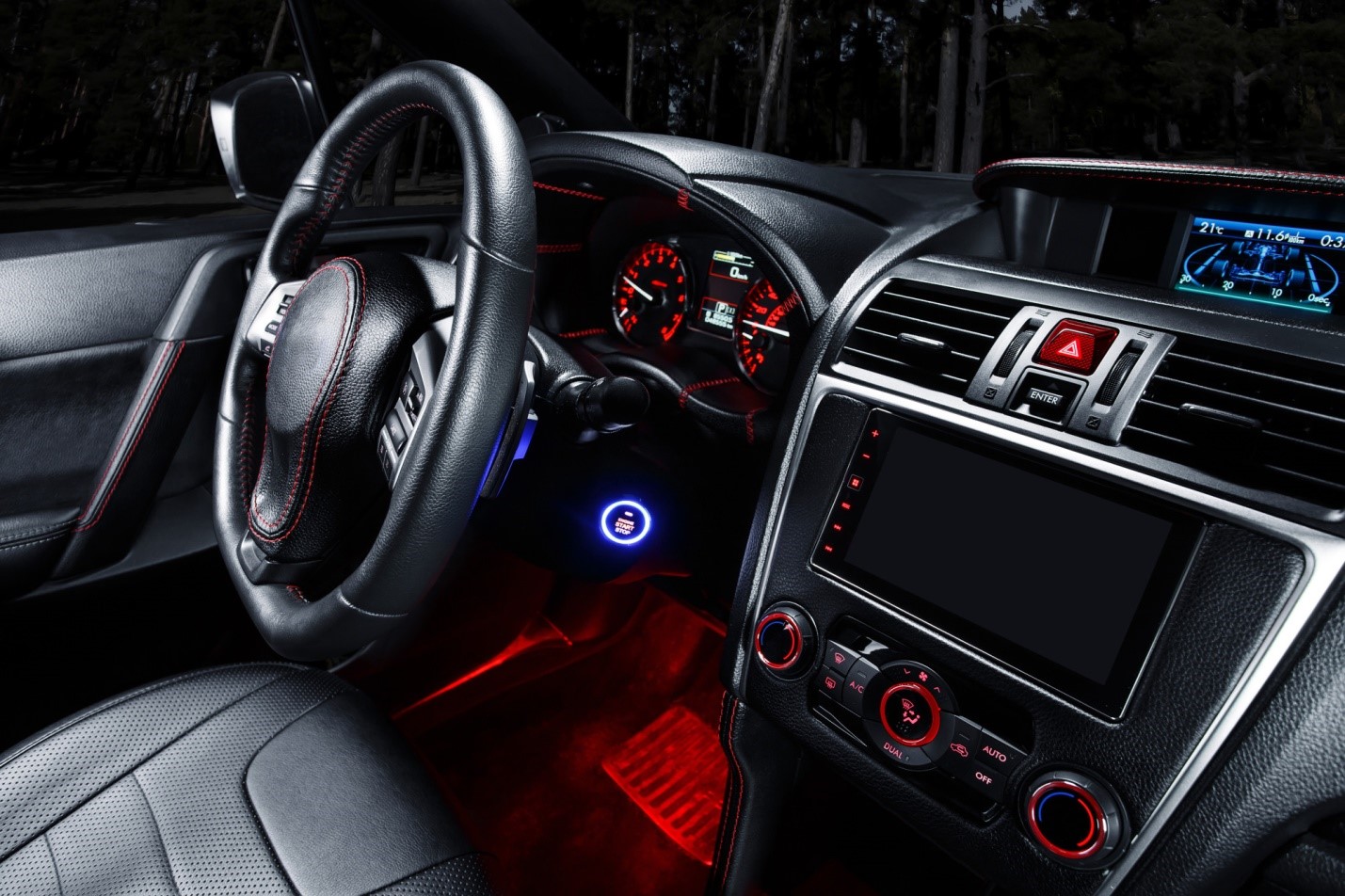Mechanics is part precision, part caveman. Knowing when to use a ¼ drive sprocket and when to use a ½ drive breaker bar is the difference between cutting out early and staying late to cut new threads. Changing your motorcycle chain is largely a caveman endeavor but you will need some brains to accompany your brawn. Additionally, you need the following tools: jack stands, ratchet, impact wrench, hammer, a socket for rear sprocket bolts, a socket for countershaft sprocket, penetrating oil, wheel bearing grease, a torque wrench and, if there is no master link, a grinding tool for the chain and a punch.
First, put the bike on the jack stands so the rear wheel is off the ground. Remove the sprocket cover and take note of the bolt length, as some bolts are frequently longer then others. Take this opportunity to clean off the grime that accumulates around the countershaft sprocket. Next we will remove the countershaft sprocket bolt. Removing the countershaft sprocket bolt varies, some bikes use two bolts and a plate while others use a retaining ring to secure the sprocket. The vast majority use a bolt tightened in excess of 100 foot-pounds and with a bent washer to stop the bolt from backing out. Unbend the washer, spray penetrating oil on the bolt and let the oil sit for five minutes. Have someone stand on the rear brake to keep the rear wheel from turning and install the impact wrench over the countershaft sprocket’s bolt. Strike the impact wrench with a hammer until the bolt turns freely. Once the bolt is loose we move over to removing the chain. The chain is secured using a master link that employs either a clip or rivet. Clips are easy and only require a screwdriver to remove the clip and you can pull apart the link and separate the chain. If the chain has a riveted link you will have to grind off the head of the rivet and pound out the rivet using a punch. This can take upwards of a half-hour so be patient and work slowly. Once the chain is broke we move over to the back wheel, removing the bent cotter pin and the bolt that secures the rear axle. Pull the axle out, remove the rear wheel and the old sprocket.
Installation is almost always in the reverse order of removal. We install the new rear sprocket, apply loctite to the bolt and torque the bolts down to specifications. Apply some wheel bearing grease to the axle, install the rear wheel and run the axle through the wheel. Install the new countershaft sprocket and tighten but do not torque. Since the new chain is a few millimeters shorter then the old chain, turn your chain adjusters all the way in to bring the wheels as close together as possible. Install the new chain and master link. Use a pair of pliers to pull the master link through the chain. Install the o-rings, backing plate and the master link clip. Use the chain adjusters to center the wheel and put proper tension on the chain. Torque the axle nut to specifications and install a new or reuse the cotter pin. With the chain installed, apply loctite to the shaft, have a friend stand on the rear brake and torque the countershaft to specifications. Install the countershaft sprocket cover, remove the jack stands and go for a ride. Mechanics is part precision part caveman but chain and sprocket installation is so easy that a caveman just did it.











